Book Review: The Candy House by Jennifer Egan
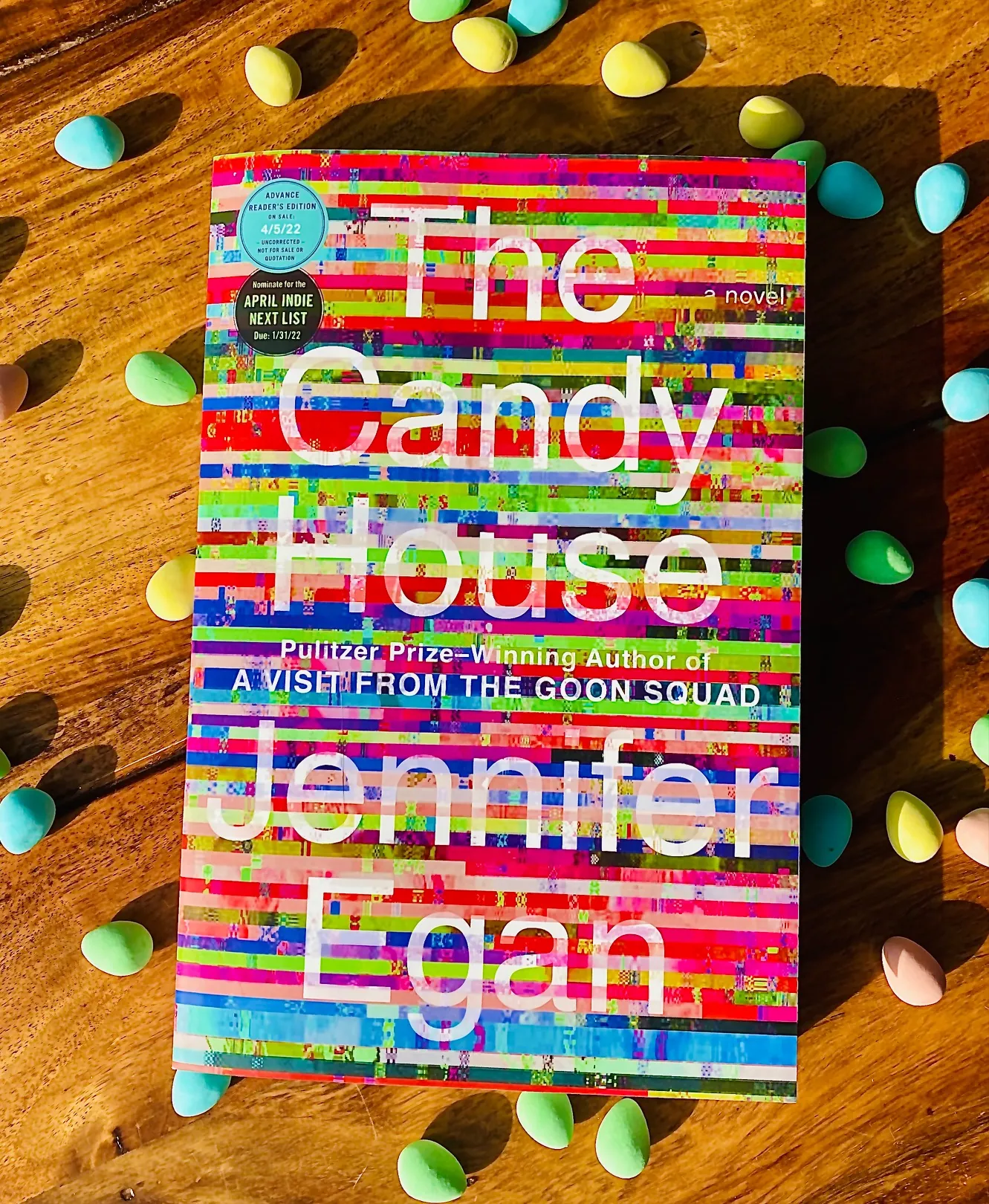
Right off the bat, just want to warn you all this book is NOT about candy, or treats of any kind (disappointing, I know). The Candy House by Jennifer Egan is a warning wrapped in multiple layers of story. The candy house in the title is referring to a few different things, mainly the promise of a cache of riches – the literal candy house in the tale Hansel and Gretel, or for many of us today, the unending possibilities of the internet, and the collective conscience in this book. It is all too good to be true, which for those of us with any sort of social media literacy at all can see – the downfalls of our connectedness are starting to overwhelm the benefits. Just like the cover of this book, there is a lot going on in-between the pages, and I think it would take me a solid re-read over the course of one day to fully appreciate what’s been written here.
Plot Summary
Trying to summarize a plot like this will inevitably lead to confusion because every single section and chapter is about an entirely new person, some with somewhat vague ties to the characters who came before. Sometimes the person at the center of the chapter is a cursory character mentioned offhand in the chapter previous and it isn’t until the very end of the book that we begin to see consistent reappearances or connections from earlier. We go back and forth through time, from the 1960s all the way to the 2030s, during which something called the “Own Your Unconscious” has been invented and commercialized. It’s a new kind of technology wherein people are able to download their own thoughts and memories into a little cube, and if they choose, upload it to the collective unconscious so others who have contributed can download their thoughts – essentially everyone sharing their memories together. We meet the inventor of this technology, his family members, those who learn about their parents through this technology, those who profit off it, those who fear it, etc. Interestingly, not every chapter is specifically about this invention, instead, it may play a role, but these stories are more so about human connection and the circumstances of one’s life outside their own conscience. One thing each section had in common was its incredible characters – I wanted to follow every person for their own entire book they were each so compelling.

My Thoughts
The busy cover of this book mirrors its contents perfectly – the numerous plots all intertwine to create a disjointed, colourful, and cramped narrative that’s overflowing with stories. Although the book feels literary at its core, it also incorporates a multitude of genres; sci-fi, action, even humour. One chapter is told entirely in emails all about an aging actor with an affection for speed boats, while another chapter details the daring escape of a trained spy desperate to return to her husband. Although these quirky situations were fun to read along with, I much preferred the slower chapters that followed the normal-ish people; the challenging legacies of parents seemed to be a common theme, as well as the struggle to maintain a sense of routine or happiness when mental health issues inevitably arise. There were a few off-hand mentions of pandemics limiting people’s movement for shorter periods of time, which makes me think we’ve entered that stage of Covid where we can start referring to it in past tense (although it depends who you talk to and what part of the world you live in).
The range of Egan’s writing is impressive, and each story she relates is fascinating when considered on its own merit, but my only issue with this book was the vast number of stories made it difficult to keep the narration straight in my mind. A family tree wouldn’t be enough; the web of connections between each character is far too complicated to reasonably map out as a reader. Still, I would still recommend this book if only to enjoy the incredible people she introduces us to; the man who screams in public for the attention, the woman desperate to reconnect with her famous father, the overachiever who falls into a drug addiction, the teenager who resents her best friend’s ability to shut off the taps of their friendship whenever the mood strikes her. As soon as I would begin to settle into a story, getting comfortable with the setting and tone, the chapter would end and we’d be whisked away into another world – always based in reality, but because it was always someone else’s reality, it felt different.
The publicity materials for this book suggest it makes a larger statement about technology, but that wasn’t especially obvious to me. There is a running commentary about the cost of tech in our lives, but it didn’t stand out. Instead, what gave me pause were small moments of humanity, demonstrating the beauty of Egan’s writing more than anything:
“One horror of motherhood lies in the moments when she can see both the exquisiteness of her child and his utter inconsequence to others. There are so many boys in this world. From a distance they look alike even to her, especially in uniform.”
-The Candy House by Jennifer Egan, p. 326 of ARC
Reading this made my heart ache, mainly due to the bare truth of the statement-many parents will relate to this.
So perhaps I missed the point of this book entirely, but I found its gems in alternative places. Just beware; there’s lots to distract you along the way.

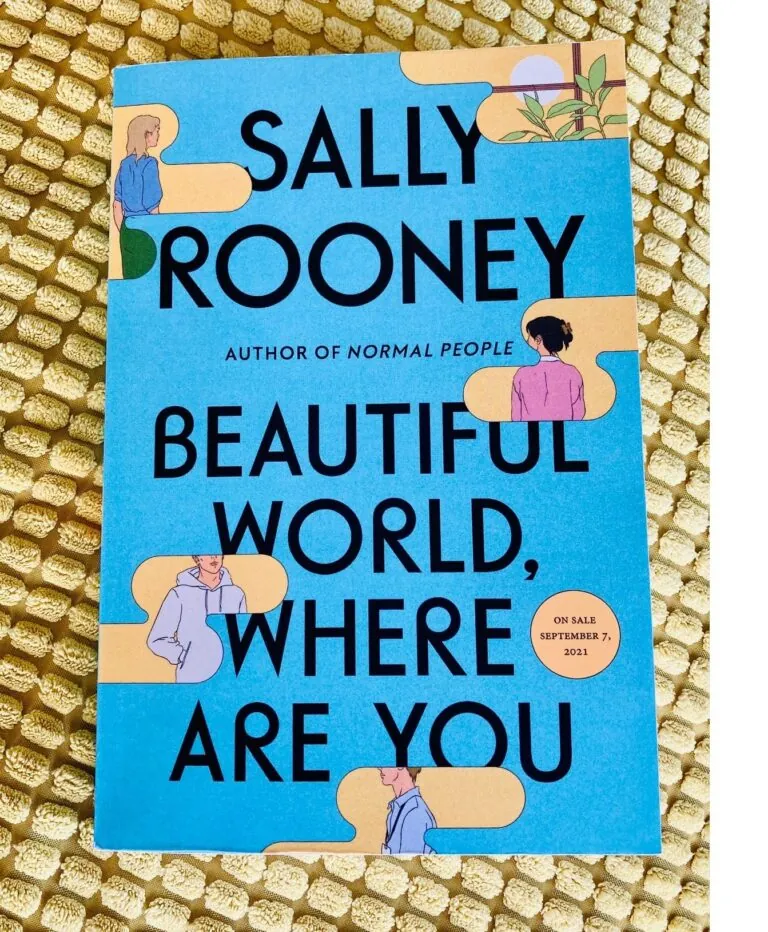
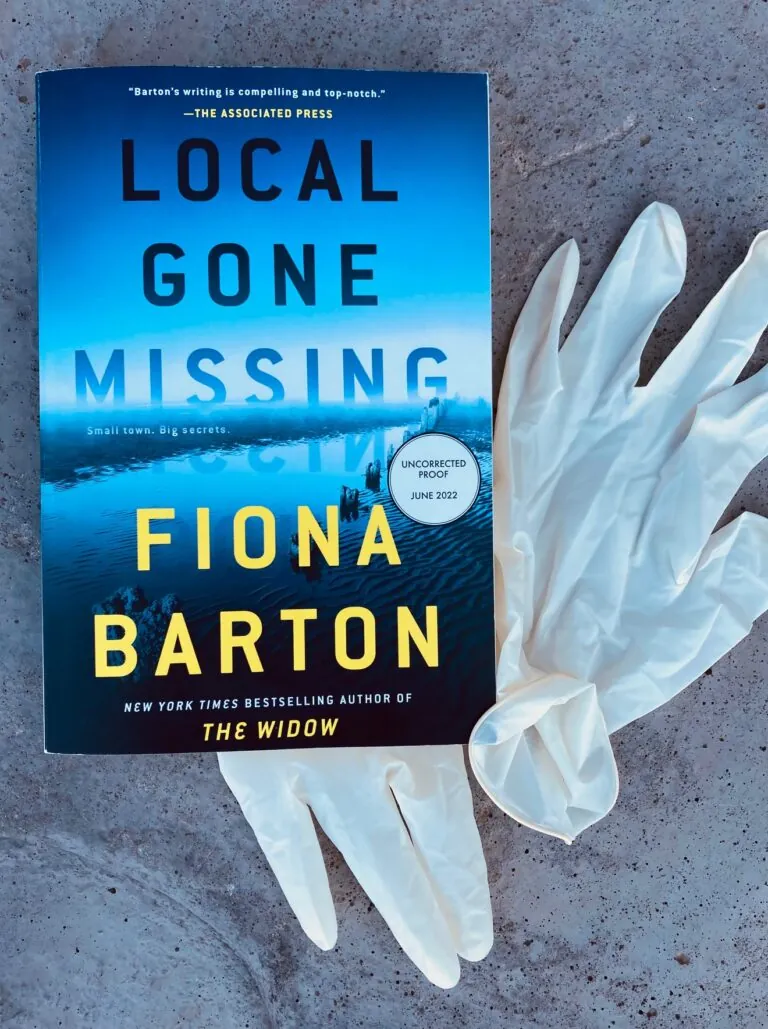
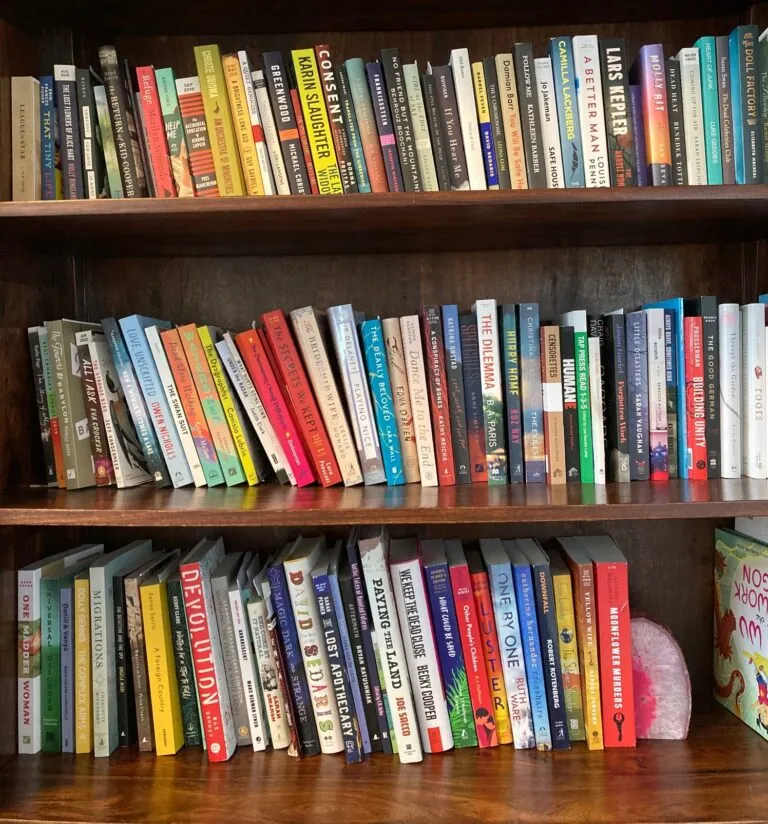
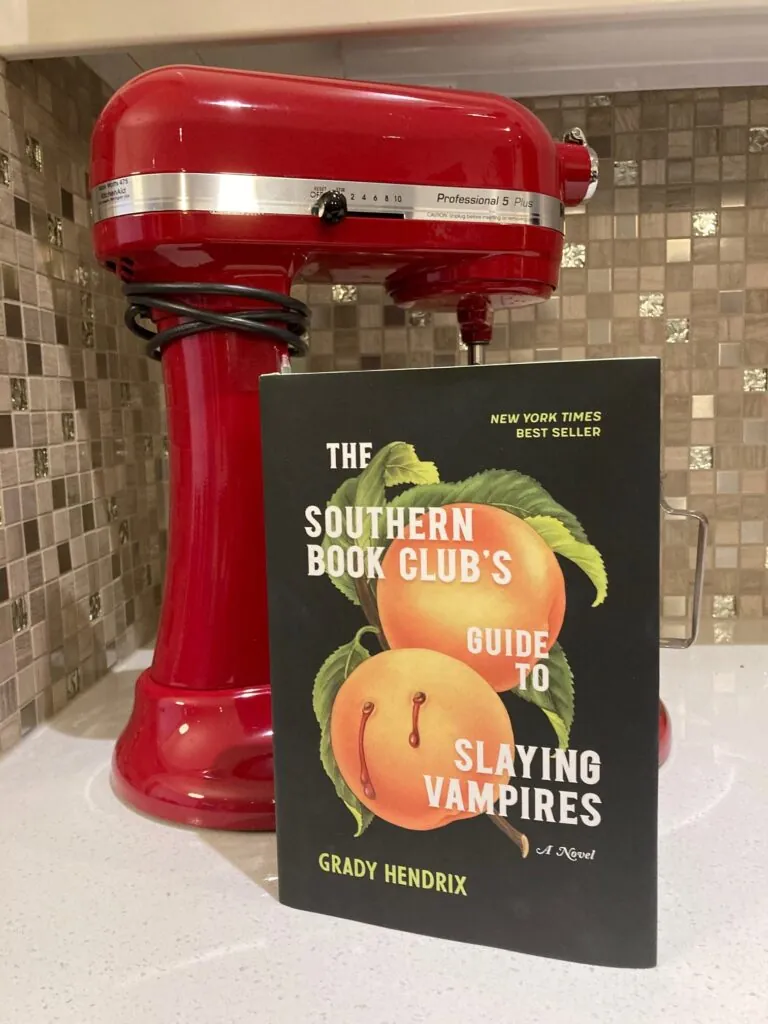
Hmm, it sounds interesting and well-written, but all that jumping around might drive me crazy. It does sound as if it reflects online life though, where one minute we’re reading a book review, then jumping to a news article about war, looking up a recipe, watching random videos on youtube, etc., etc. I’m surprised any of us have any concentration levels left at all!
Yes, and I’m sure that was one her points too – all that jumping around is what our online life looks like now, although I’m trying to fight against that as much as possible!
Strangely, the promise of a jumble of characters and stories makes me want to read this book! Even though no candy is involved (which is slightly disappointing…).
hahaha
Much as I’ve been looking forward to this one I also wouldn’t mind if it was a whole book about candy or treats :)
right! Your profile pic right now reminds me of cotton candy hahah
I still haven’t decided if I’ll read this but it’s a solid maybe!
hahaha
I wouldn’t like this book because the jumping around would make me hyper-focus on what all I had missed (if anything). I know this writer is popular, but I haven’t read her stuff. I wonder how the entire experience would be different if The Candy House were presented as a short story collection. I’ll be readers would be more prepared to jump around and then feel cool when they spot the “Easter eggs” of how the characters fit together. And yet, anything marketed as a short story collection notoriously does not sell well.
Actually that’s a good point – this could easily be a short story collection. I never thought of that! But yes, probably because her stature, her publishers didn’t want to take that risk and have her work undersell
Most of the short story collections I read are from Press 53, which only publishes novellas and short story collections. I appreciate that they believe in the medium and ignore the fact that short story collections don’t sell well with the Big Five publishers.
yes it always seems to be the smaller presses that continually churn out the short story collections – sales be damned! haha